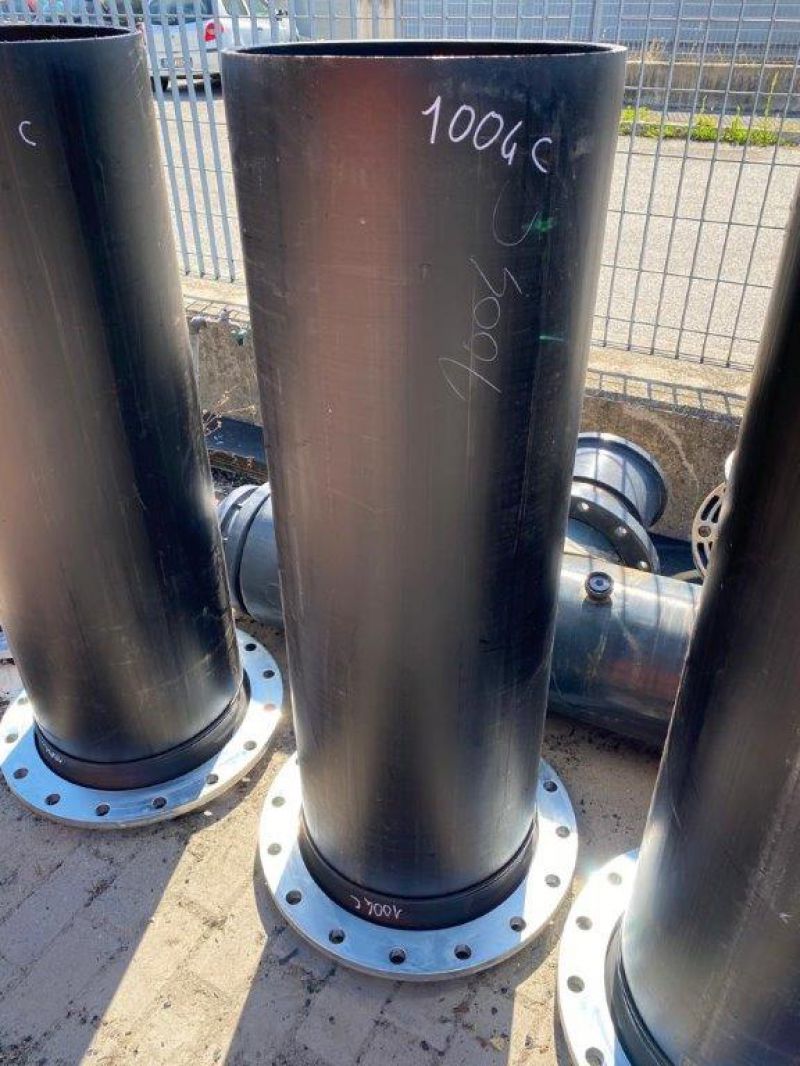

Biomass plants meet these needs by using organic materials such as wood and its residues or biological waste. In fact, biomass allows us to produce the following: heat capable of warming rooms and water; electricity; and liquid fuels such as biodiesel and vegetable oils. But are there any disadvantages to these new renewable energy sources?
Biomass plants use agricultural, plant and forestry residues as their main fuel, broken down and reduced into piles of wood chips. These chips are placed in the furnace, where the combustion process begins. The aim is to release the heat required to evaporate the water in the thermodynamic circuit. The boiler water is held in the storage tank. Before it reaches the thermal circuit it passes through an economiser, a part of the equipment that preheats the water. Essentially, the electricity is produced as it is in conventional thermal power plants, i.e. by using a steam turbine driven by the steam generated by the boiler. At the end of the process, a condenser transforms the water vapour from the turbine back into liquid, creating a cycle.
As with all things, using the energy produced by biomass has advantages and disadvantages. Let’s analyse the positive aspects:
The negatives are as follows:
Using High pressure HDPE pipe, we can transport renewable energy produced by biomass, because we believe in this new world of fossil-free energy. If you want to be part of the future with us, get in touch now to design a custom solution.